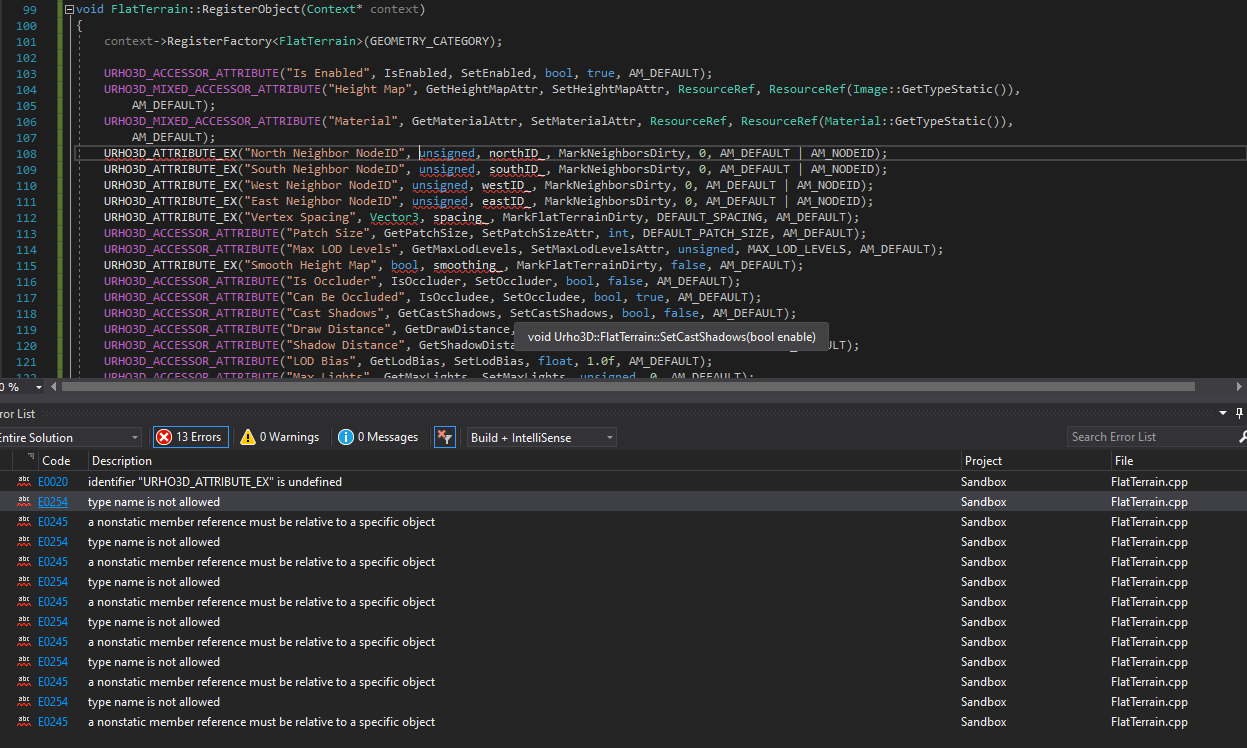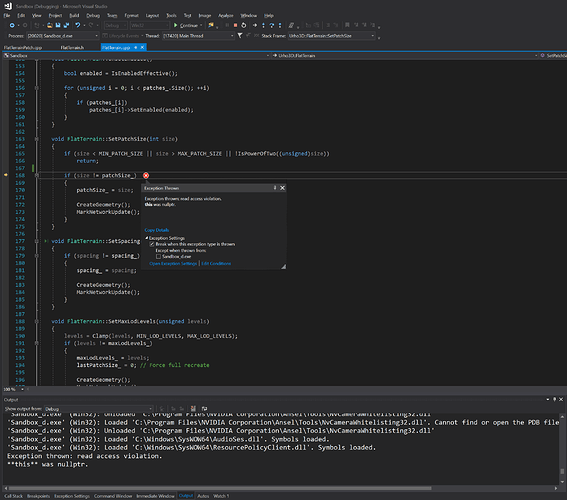Is there a way to tap into a terrains vertices and re-calculate the triangle/quad normal in my own way? Basically, I am wanting to make the terrain appear flat shaded instead of smooth - in order to give it a low-poly look.
I’ve looked at the terrain reference page and see SetSmoothing() but that doesn’t appear to do anything…and I’m not sure it would do what I want anyway… I do see a vertex count but I need the Vector3 of each vertex, how they are ordered (in an array or something), and then the ability to change the vertex normal of each vertex…I’m new to Urho3D and also just 3D in general…
Is this possible, is there an easier way…any help would be awesome.




